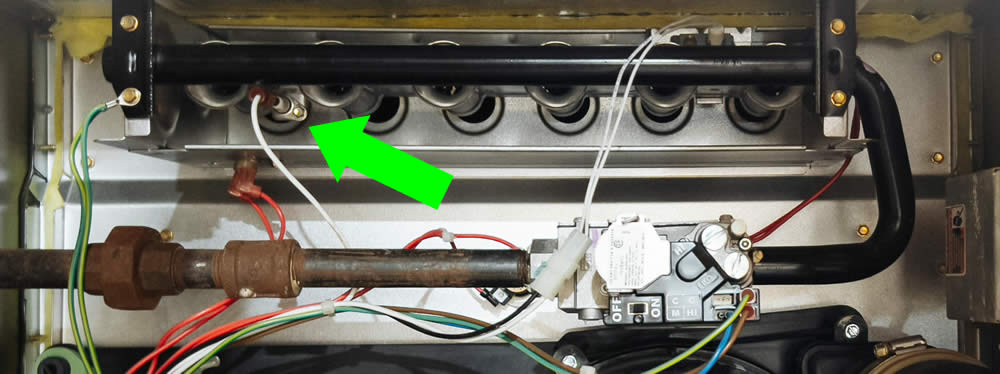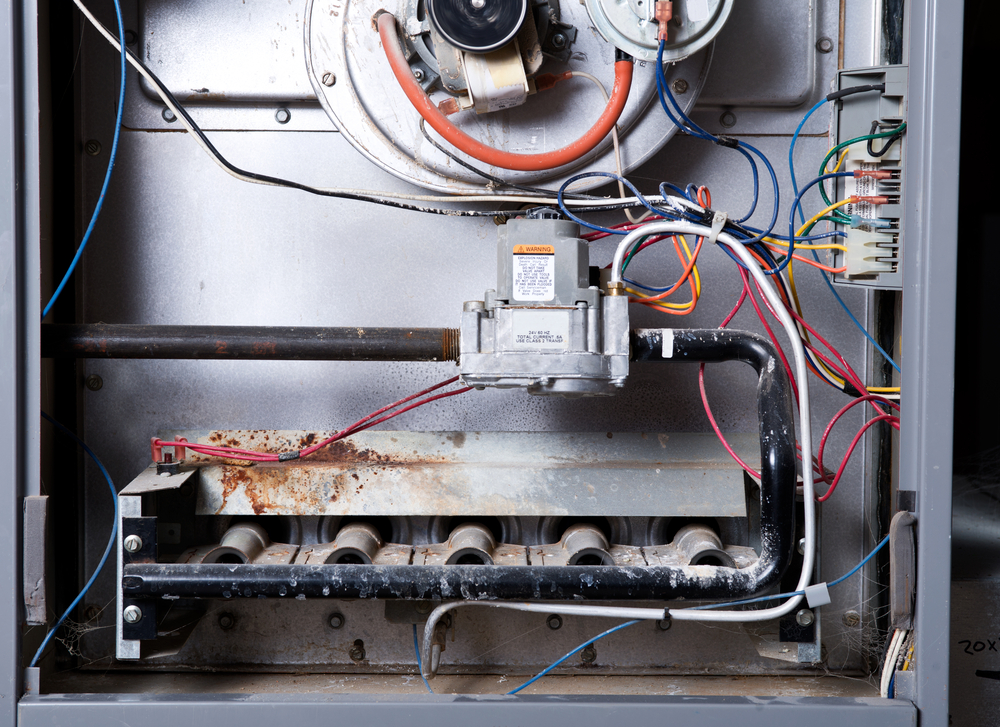Keeping your gas furnace in optimal condition is crucial for maintaining a comfortable and warm environment in your home, especially during the cold months. One of the key components of your gas furnace that requires regular maintenance is the flame sensor. This page will walk you through the process of cleaning your gas furnace flame sensor, ensuring your furnace operates efficiently and safely.
Understanding the Role of the Flame Sensor
The flame sensor is a critical safety feature in your gas furnace. It detects whether the furnace’s burner is lit. If the sensor does not detect a flame, it signals the control board to shut off the gas valve, preventing unburned gas from filling your home. Over time, the flame sensor can become dirty, causing it to malfunction and potentially leading to unnecessary shutdowns of your furnace. Regular cleaning of the flame sensor can prevent these issues and extend the lifespan of your furnace.
Signs of a Dirty Flame Sensor
Before you start cleaning your flame sensor, it’s important to know the signs that it may be dirty. These include:
- Your furnace shuts off before your home reaches the desired temperature.
- Your furnace’s burner only stays lit for a few seconds.
- Your furnace fails to ignite.
If you notice any of these signs, it’s time to clean your flame sensor. There are many reasons your furnace is short-cycling on and off, and the flame sensor is one of the most common.
Materials Needed for Cleaning
Before you start the cleaning process, gather the following materials:
- A 1/4″ nut driver or socket
- Emery cloth or fine steel wool
- A clean, dry cloth
6 Steps to Clean Your Gas Furnace Flame Sensor
Step 1: Turn Off the Power
Before you start working on your furnace, it’s crucial to ensure your safety by turning off the power to the furnace. This can usually be done at the main circuit breaker and on some installations, there is a light switch located next to the furnace that cuts power without having to touch the breaker.
Step 2: Locate the Flame Sensor
The flame sensor is typically located on the same side as the gas valve and burners. It’s a small, rod-like component that sits in front of one of the burners. It’s connected to the furnace by a single wire and is held in place by one or two screws. Locating and identifying the flame sensor on a gas furnace is a straightforward process, but it requires a basic understanding of furnace components and safety precautions. Here’s a step-by-step guide:

Find the Burner Assembly – The flame sensor is usually located near the burner assembly. This is where the gas is ignited and can typically be found near the front of the furnace. In the picture above, the gas burner assembly is the row of 6 horizontal tubes.
Look for the Ignition System – The ignition system may be a pilot light or an electronic ignitor, depending on your furnace’s age and model. The flame sensor is usually positioned close to this component.
Rod-Like Shape – The flame sensor typically looks like a thin, metallic rod. It’s often bent at one end and is usually positioned in the path of the flame.
Single Wire Attached – Unlike the ignitor, which may have two wires, the flame sensor typically has only one wire connected to it.
Ceramic Base – The rod is usually mounted in a ceramic base, which helps insulate it and protect it from the heat.
Step 3: Remove the Flame Sensor
Using your 1/4″ nut driver or socket, remove the screws holding the flame sensor in place. Be careful not to drop the screws into the furnace. Once the screws are removed, gently pull the sensor out of the furnace.
Step 4: Clean the Flame Sensor
Using your emery cloth or fine steel wool, gently clean the metal rod of the flame sensor. Be careful not to apply too much pressure, as this can damage the sensor. Once you’ve removed the buildup from the sensor, wipe it down with a clean, dry cloth.
Step 5: Reinstall the Flame Sensor
Once the sensor is clean, reinstall it in the furnace. Make sure it’s securely in place and that the wire is properly connected.
Step 6: Turn the Power Back On
After you’ve reinstalled the flame sensor, turn the power back on to the furnace. Test the furnace to make sure it’s working properly.
Preventive Measures and Regular Maintenance
Regular maintenance of your furnace can prevent the flame sensor from becoming dirty in the first place. This includes changing your furnace filter regularly and having your furnace inspected by a professional at least once a year. Additionally, keeping the area around your furnace clean can prevent dust and debris from getting into the furnace and onto the flame sensor.
Related, Helpful Articles
Final Words about Flame Sensor Cleaning
Cleaning your gas furnace flame sensor is a simple task that can greatly improve the efficiency and safety of your furnace. By recognizing the signs of a dirty flame sensor and knowing how to clean it, you can prevent unnecessary furnace shutdowns and extend the lifespan of your furnace. Remember, regular maintenance is key to keeping your furnace in optimal condition.

